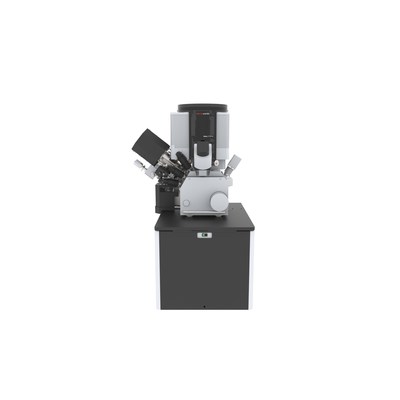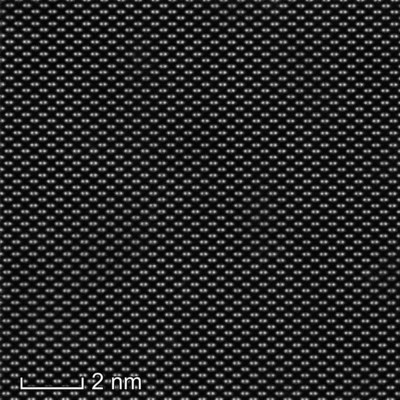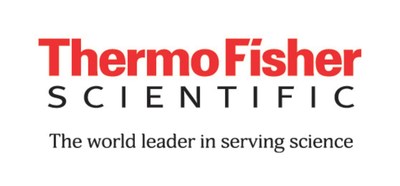Versatile Thermo Scientific Helios 5 PFIBs Enable Materials and Life Sciences Research
New, automated instruments provide scientists higher throughput, higher quality characterization
HILLSBORO, Ore., Aug. 6, 2020 /PRNewswire/ — Thermo Fisher Scientific today released the Thermo Scientific Helios 5 Plasma Focused Ion Beam (PFIB) DualBeam and the Thermo Scientific Helios 5 Hydra DualBeam focused ion beam scanning electron microscopes (FIB-SEMs). Built for a wide range of uses, from metals and battery characterization to structural biology, these instruments are well-suited for labs that conduct both materials and life science research.
Compared to the previous generation, the new Helios 5 PFIB product family redefines the standard in high throughput, high-quality characterization with faster, easier, and more precise sample preparation and higher-quality subsurface and 3D analysis for the widest range of materials and biological samples.
The instruments allow materials scientists to discover and design new materials and analyze their structures and properties. The latest ease-of-use improvements and advanced automation capabilities enable users with limited experience to obtain expert-level results.
For life science researchers, the Helios 5 Hydra allows them to uncover high quality sample details from even the most challenging samples. It offers the throughput and flexibility necessary for the ultrastructural studies on biological samples and opens new venues for accessing large volume, high resolution, Ga-free sample characterization and 3D visualization. Helios 5 Hydra is a versatile tool for undertaking high-throughput cellular FIB-SEM tomography, addressing the limitations of restricted sample compatibility.
“The Helios 5 PFIB and Helios 5 Hydra combine the first fully automated solution on the market with high-quality sample preparation and large-volume 3D analysis for the broadest range of samples,” said John Sos, president of materials and structural analysis at Thermo Fisher. “Researchers can characterize multiple material and biological types at the nanoscale level faster and easier than ever before, obtaining the precise, localized structural data required to accelerate their academic and industrial research.”
Helios 5 PFIB
A xenon plasma FIB-SEM, the Helios 5 PFIB helps scientists achieve consistent, repeatable results on a broad range of advanced applications such as sample preparation, subsurface and 3D characterization. The instrument’s advanced automation capabilities allow scientists to run time consuming tasks, such as 3D analysis, overnight and on weekends. Doing this frees the instrument for other uses during standard work hours, like advanced sample preparation or in-situ experimentation.
Additionally, the low energy 500V polishing minimizes damage caused by milling to produce higher quality samples for a broad range of materials requiring high-resolution TEM characterization. The gallium-free processing available with the Helios 5 PFIB makes it possible to prepare high-quality TEM samples of aluminum alloys or Ga-containing materials without contamination.
Helios 5 Hydra DualBeam
The Helios 5 Hydra DualBeam goes even further by providing four distinct ion species — oxygen, argon, xenon and nitrogen — so researchers can select the specific ion beam to achieve the best results for their sample. Researchers can switch between these ion species in under 10 minutes without sacrificing performance, providing unprecedented flexibility and expanding the application space.
For example, materials scientists can use the oxygen ion beam to obtain optimized results for carbon-based materials, such as carbon fiber reinforced composites, to help develop safer, lighter and stronger materials for the automotive or aerospace industries.
Helios 5 Hydra provides life scientists the optimal choice of ion species combination for every sample, regardless the resin type or staining procedure. For example, oxygen plasma beam is the best choice for milling commonly used resins in life sciences and provides improved image quality and data acquisition efficiency (up to 2x faster than gallium FIB) on most biological samples.
The Helios 5 PFIB and Helios 5 Hydra are part of the fifth generation of the industry-leading Helios family and join the Helios 5 Laser PFIB System, released earlier this year.
To learn more about the Helios 5 PFIB, visit https://ter.li/Helios5PFIB. To learn more about the Helios 5 Hydra, visit: https://ter.li/Helios5Hydra.
About Thermo Fisher Scientific
Thermo Fisher Scientific Inc. is the world leader in serving science, with annual revenue exceeding $25 billion. Our Mission is to enable our customers to make the world healthier, cleaner and safer. Whether our customers are accelerating life sciences research, solving complex analytical challenges, improving patient diagnostics and therapies or increasing productivity in their laboratories, we are here to support them. Our global team of more than 75,000 colleagues delivers an unrivaled combination of innovative technologies, purchasing convenience and pharmaceutical services through our industry-leading brands, including Thermo Scientific, Applied Biosystems, Invitrogen, Fisher Scientific, Unity Lab Services and Patheon. For more information, please visit www.thermofisher.com.
Media Contact Information:
Kathy Gill
Thermo Fisher Scientific
+1 971-294-9262
kathy.gill@thermofisher.com
SOURCE Thermo Fisher Scientific









